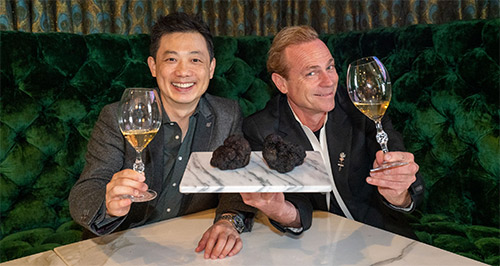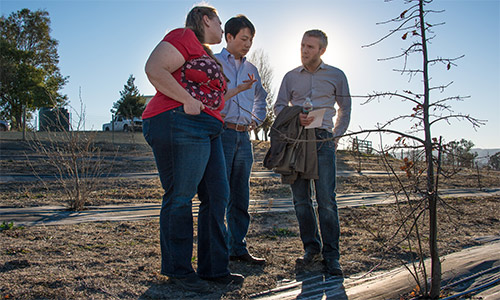 Debby Zygielbaum, vineyard/orchard manager of Robert Sinskey Vineyards, in the RSV Truffle Orchard with Robert Chang and Dr. Paul Thomas. |
Here at American Truffle Company, we are big proponents of data and monitoring. Our orchards undergo regular testing to assess the health and well being of the trees, soil and, of course, the truffle fungus. Regular monitoring is essential to ensure the success of an orchard, and this month I’d like to give you an insight into how we do this.
One monitoring test that requires us to take root samples from established trees and observe them under the microscope. The truffle fungus is what’s known as a mycorrhizal fungi and this means that it attaches to the root of the host plant. When we take root samples we can look at these ‘mycorrhiza’ by using a microscope. There are thousands of fungi that form such structures on the roots of plants and, in many cases, the identity of the fungus can be ascertained by looking at key features. In our case, we are mainly interested in the mycorrhiza formed by the truffle fungus that make the root-tips appear swollen. Different truffles form different root structures (an example of these is shown in Figures 1 and 2).
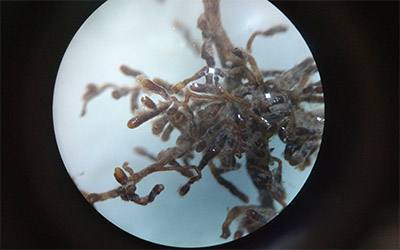 Figure 1 – sample from RSV Burgundy Truffle Orchard. |
 Figure 2 |
Those of you who have attended our Napa Truffle Festival may be familiar with our demonstration truffle orchard at Robert Sinskey Vineyards in Napa Valley, which is used for tours, demos and learning. This month we took analyzed root samples from the orchard and the results were very pleasing. We calculated the percent of root-tips that were colonized by the truffle fungus in both the summer truffle (Burgundy) trees and the winter truffle (Périgord) trees of the orchard. The results were far higher than the average for a plantation of this age and are very pleasing indeed. The image in figure 1 is from roots of the summer truffle side of the orchard.
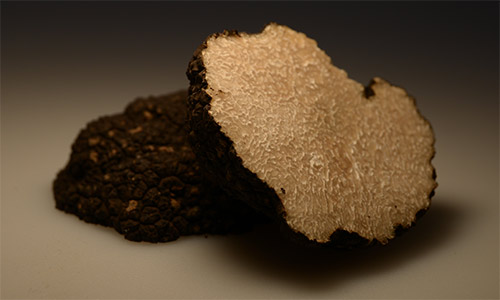 Inside a healthy truffle. |
We also use molecular approaches (DNA) to test the presence of truffle fungi and in this case, we sent a number of samples to an independent lab to confirm the results. The testing works by comparing the DNA of the sample with DNA from a number of truffles species. In this case we confirmed that the summer truffle trees are inoculated with the summer truffle fungus and the winter truffle trees are inoculated with the winter truffle fungus. Of course, we already knew that this was the case at planting, but the purpose of the monitoring is to make sure that the fungus is thriving. These tests prove that we have a very happy, thriving orchard.
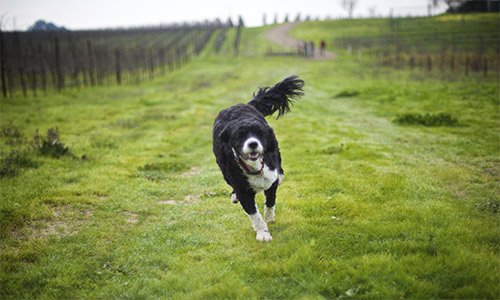 |
Join us for the next Napa Truffle Festival in January 2017 for orchard tours and to discuss such factors in more depth.


